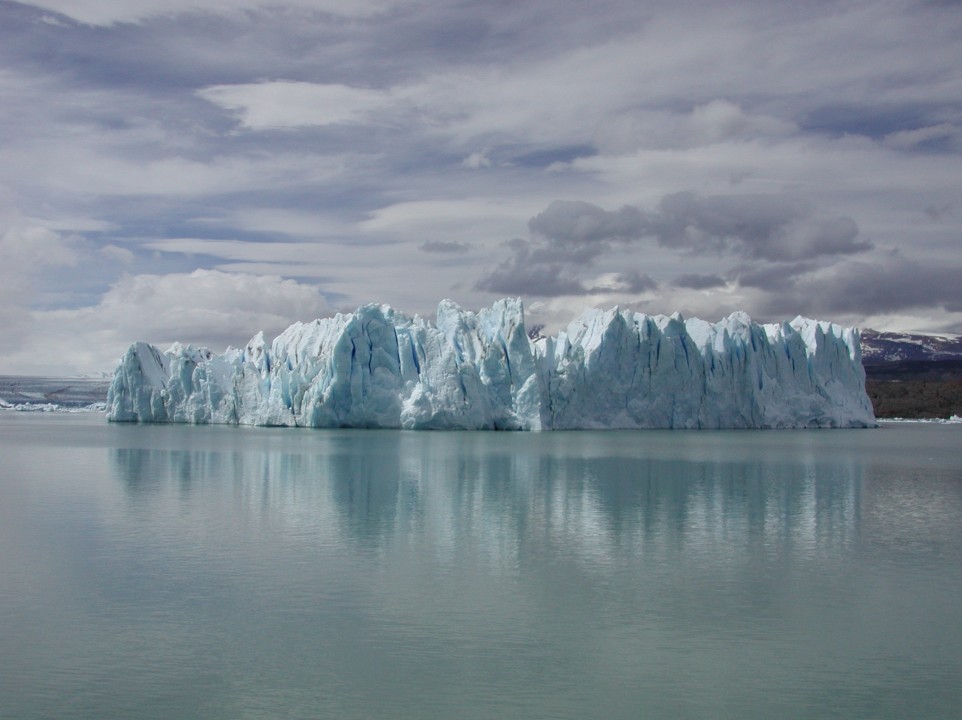And all because we talked about the importance making a personal connection in life. At home and at work. I regularly use the ‘Iceberg model’ of the American psychologist McCLelland to illustrate this importance. Where the part ‘above’ the waterline is mainly about ‘what’ we do (tasks, roles, responsibilities) and visible behavior (verbal and non-verbal communication), the waterline is the ‘how’ of our actions and the part below water is our motivation, our why. And that part is not visible to others. Our experiences, knowledge, positive and negative beliefs, education, childhood memories, motivation and much more lies ‘under water’, in our own system. It is reflected on the surface in our behavior. Sometimes predictable, sometimes completely unpredictable and at times we don’t even know ourselves why we show certain behavior.
The great thing about the iceberg model is that an iceberg is 75% invisible. It’s under water. If you realize that two icebergs touch each other under water, then you also realize the importance of connection. And therefore the importance of delving into the other person’s iceberg. In his or her background, motivation, beliefs, culture and much more. However, we have the tendency to focus mostly on the top of the iceberg: on what we have to do, our tasks and responsibilities. Sometimes it seems that we forget to invest time in ‘iceberg talks’, although they are crucial for cooperation, teamwork and well-being.
Authentic, sustainable leaders connect with their people at all levels of the iceberg: they have a genuine interest in the people behind the people. By building real and close relationships, they not only manage to bind people to themselves and the organization, it also makes life more real and beautiful.
Knowing why people behave the way they do and being able to support them in areas where growth is still possible (in beliefs, experience, knowledge) is not only a very rewarding part of leadership, it is crucial as new generations of employees strive for work-life integration instead of work-life balance. Leaders who are willing to (help) develop in that direction will develop into sustainable leaders of the future.
It was a life-changing event for the colleagues and the training participant. Finally the others understood why their colleague behaved the way he did and they ware glad that he dared to open his heart. That day my training ran almost 3 hours late. Time wasn’t important for a moment. It was 3 hours of laughter, tears, sharing and connecting. A training in which 9 men left the room as a much closer team because for the first time they had really shared what they thought was important and how they could help each other on a different level than just tasks and production. They had lowered the waterline of their iceberg very deeply…


